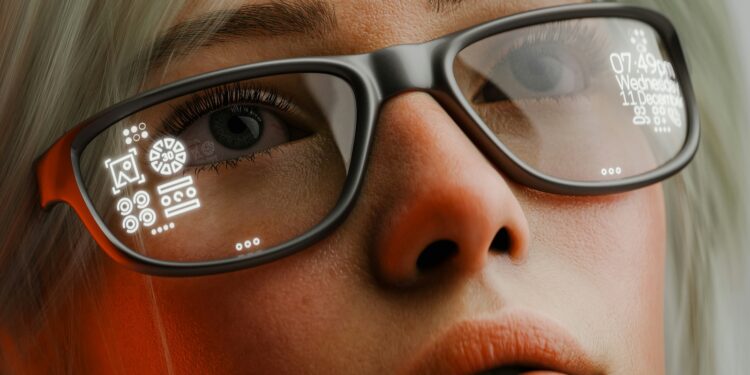Apple has reportedly abandoned its plans for Mac-tethered AR glasses. However, that doesn't mean the company is withdrawing from the AR space. Instead, Apple is continuing to work on standalone AR glasses that do not require any additional devices. However, according to Bloomberg reporter Mark Gurman, the company is taking more time to do this than originally expected.
The development of augmented reality technologies is a challenge for many companies. Apple relies on long-term strategies and deliberately avoids hasty product launches. The decision to discontinue the Mac-bound AR glasses shows that Apple does not want to compromise on quality and innovation. But what does this mean for the future of Apple AR technology? And when could a standalone pair of glasses come onto the market?
Apple stops Mac-bound AR glasses
Just a few weeks ago, it looked as if Apple was developing AR glasses that could be used in combination with a Mac. These glasses would have looked like normal glasses but would have been equipped with built-in displays. However, the project has now been setThe reasons for this were not communicated, but the company has apparently realized that Mac-dependent glasses do not offer the desired added value. Nevertheless, this decision does not mean that Apple is giving up on its AR plans. Instead, the company is focusing on standalone AR glasses that do not require a connection to a Mac or iPhone.
Focus on standalone AR glasses
The development of fully autonomous AR glasses remains a long-term goal for Apple. The company continues to work on the technologies required for this, including high-resolution displays and its own chips. These developments are intended to improve the feasibility of a standalone device. John Ternus, Apple's new hardware boss and head of the Vision Products Group, does not want to bring an immature product to market under any circumstances. That is why the glasses will only be released when they meet the company's high standards. A comparison with Meta's AR prototype shows how complex the development of such devices is. Meta presented a standalone AR prototype last year for around $10,000.
Why development is delayed
Loud Gurman It will take at least three to five years before Apple can present a market-ready version of its AR glasses. The delay is mainly due to the high technical requirements. AR glasses must be powerful but at the same time light and comfortable to wear. They need an efficient power supply so that they do not have to be recharged after a short time. In addition, the software must be perfectly coordinated with the hardware to enable a seamless user experience. Apple's operating system visionOS could play a key role in this. It already forms the basis for the Vision Pro headset and could also be used in AR glasses in the future.
- Apple Vision Pro: One year later – what’s next?
- iOS 18.4 Beta is launching soon – What you need to know
Apple: Standalone AR glasses remain the big goal
Apple will remain active in the AR sector for the long term, even if there is currently no market maturity for standalone glasses. The decision to discontinue the Mac-bound model is more of a strategic realignment than a retreat. In the coming years, Apple will continue to work on the underlying technology to develop standalone AR glasses that could change the market for the long term. Until then, it remains to be seen what further developments the company will push forward in this area. (Photo by Unsplash+ / Alex Shuper)
- Cheap Apple Vision Headset: Release date and details
- Apple Vision Pro: Why this headset is changing the market
- Apple Vision Pro: The biggest innovation of 2024
- Apple Vision Pro M5: A unique dilemma for Apple
- Apple Vision Pro 2: The right step thanks to AI and M5
- Apple Vision Pro: One year later – what’s next?





